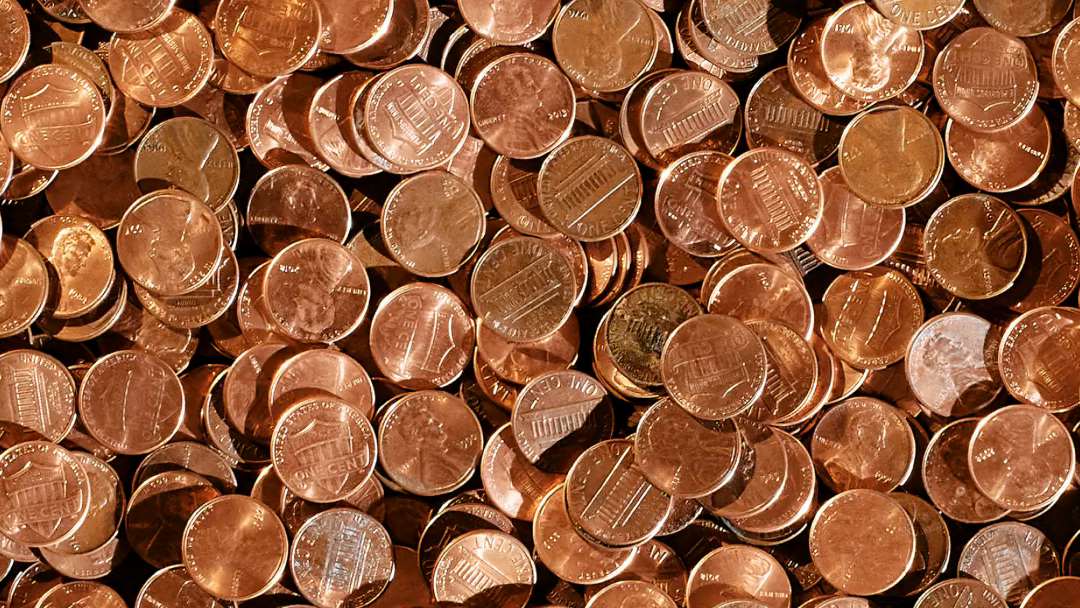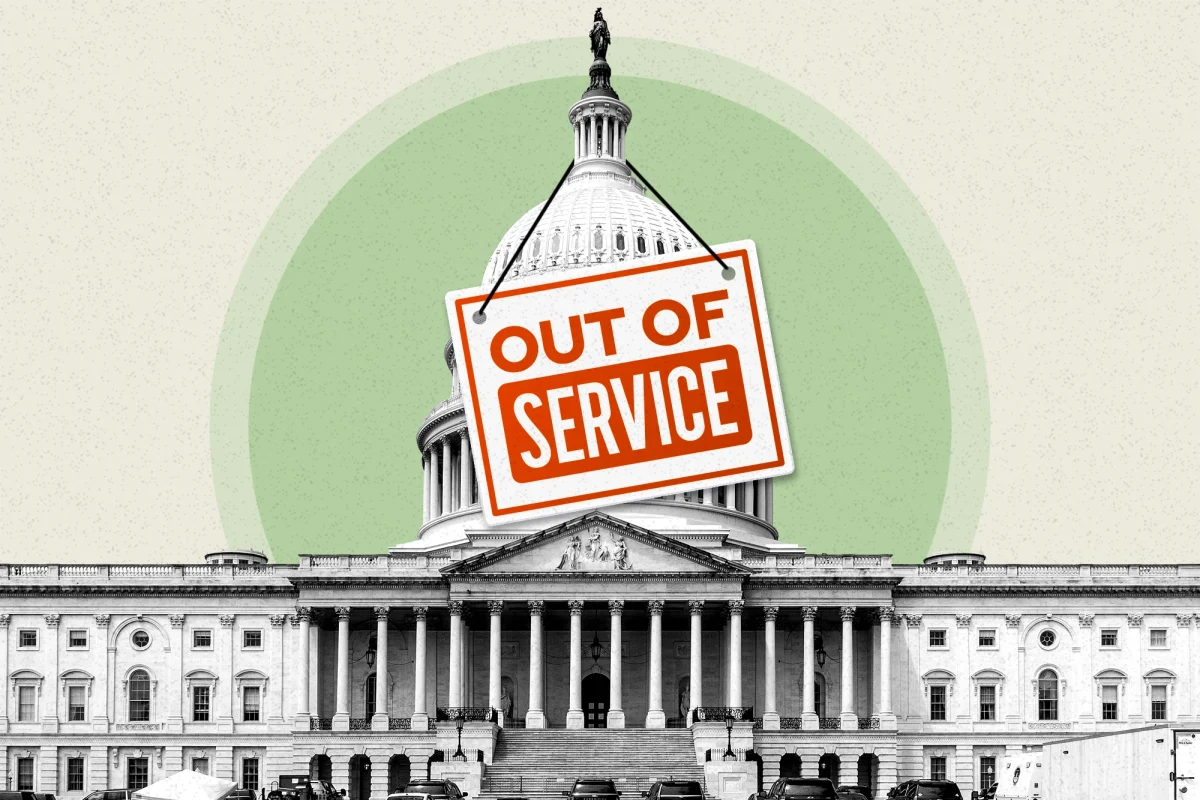President Donald Trump has directed the U.S. Treasury to stop minting new pennies. This is one of many executive actions in Trump’s sweeping first month in office.
“For far too long the United States has minted pennies which literally cost us more than 2 cents,” Trump wrote on Truth Social. “This is so wasteful! I have instructed my Secretary of the US Treasury to stop producing new pennies. Let’s rip the waste out of our great nations budget, even if it’s a penny at a time.”
During Trump’s campaign last year, he made no mention of his desire to get rid of the penny. The issue was first brought to the attention on Jan. 21, through the Department of Government Efficiency.
“The penny costs over 3 cents to make and cost US taxpayers over $179 million in FY2023,” The Department of Government Efficiency wrote on X. “The Mint produced over 4.5 billion pennies in FY2023, around 40% of the 11.4 billion coins for circulation produced. Penny (or 3 cents!) for your thoughts.”
All of this is to say that I’m sad about this decision.
Yes, there are logical reasons to stop penny production, and I understand these arguments. According to last year’s annual report from the U.S. Mint, it costs 3.7 cents to make a single penny. It’s not hard to see how wasteful this can be. About 3.2 billion pennies were manufactured in 2023.
But, then again, aren’t there some costly things that we still enjoy, regardless of their inefficiency? Think about overpriced coffee at a trendy cafe, or the extra $2 for guacamole at Chipotle. What about overpriced drinks on a sunny evening with your friends, laughing and reminiscing? Sure, all these things aren’t financially efficient, but they make life more enjoyable. Is everything about cost efficiency?
I’m also left confused as to what this means for cash transactions. What happens when your total is $1.02? Are we supposed to round up? Are all prices going to end in intervals of five from now on? These small changes may seem insignificant, but they do add complexity to the cash-based system.
Canada similarly did away with their penny in 2012, and have changed their purchasing system to round to the nearest nickel when paying with cash. However, payments with credit cards, debit cards or checks are not rounded. What happens to those lost cents when trying to liquidate your cash?
I also just feel a deep sense of nostalgia for the penny. Growing up, the penny was an ever-present part of daily life. When I picked a penny up on the sidewalk, I kept it in my pocket and thought I was lucky for the entire day. I stored pennies in my piggy bank and found them in countless junk drawers.
I picture myself as an elder, telling children nostalgic stories: “Back in my day, we had a coin called the penny.” Now, the penny will become a thing of the past, and with it, a small piece of American history will fade away.
Maybe I’m just a sentimental person, but I’ll miss the penny. On paper, the arguments make sense. So, farewell Penny. Although you weren’t the most cost-effective coin in the U.S. Mint, you were a part of the tapestry of everyday life. You will be missed.














